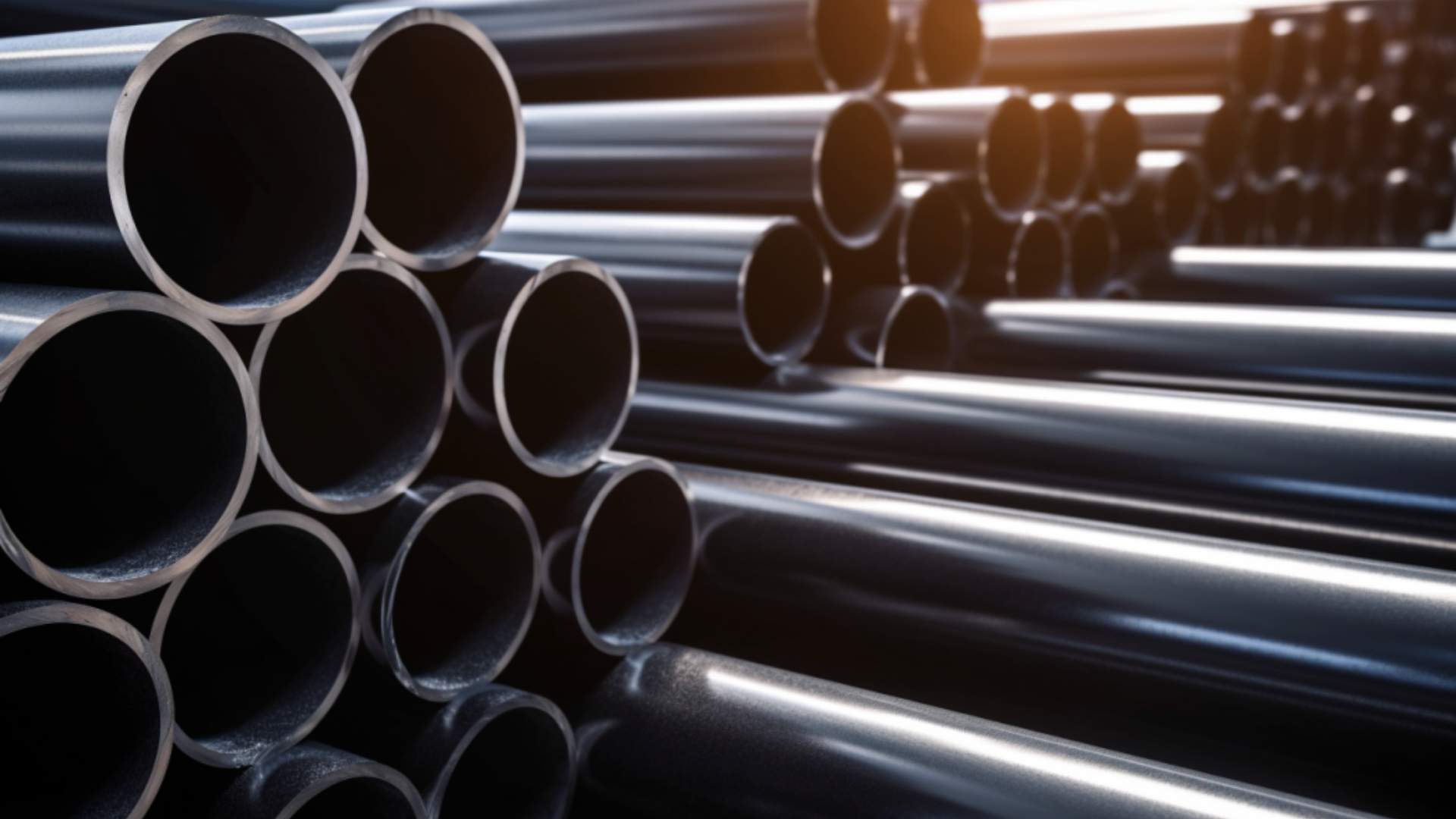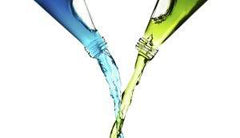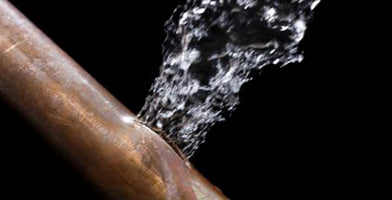Whether the hydronic system you plan to fill with a glycol mixture is new or whether it’s existing, flushing and cleaning the system will help not only to maintain proper heat transfer capabilities but also extend the life of the equipment in the system.
Why Flush the System?
In newly installed systems, chemicals and debris from the installation of piping like oil, grease, solder flux, and pipe scale will intensify the degradation of the glycol mixture. In existing systems, rust, scaling, and sediment build up tied together with exposure of the glycol mix to high temperatures will produce the same results: in time, the glycol will turn into glycolic acid and need replaced.

Flushing and Cleaning
It’s important to understand that flushing and cleaning the hydronic systems are two different things. Flushing allows us to remove the contaminates of a newly commissioned hydronic system and can also help to remove old, degraded glycol from the system before transitioning to a different fluid make up. Flushing does not eliminate sludge and build up that has developed within the system over time. Cleaning on the other hand does. Cleaners can be delivered to the system in a few ways; some are added to the heat transfer fluid and help to break down carbon deposits and sludge over time, while others are solvents that we purge through the system when not in operation.
How is it Done?
In general, to start, we want to fill up the hydronic system with water and start up our pumps and boiler; we should be heating the water up to at least 140 degrees Fahrenheit. After the system has been circulating for some time, samples of the water should be taken to determine whether or not we are seeing solids floating in the sample. If so, we should be sure to clean out any debris that may be held at the pumps suction diffusers, Y strainers, or strainer baskets. This process should be continued until we are not witnessing solids in our water samples. Now is when a cleaning solution should be added to the system and allowed to circulate for the manufacturer’s suggested amount of time and temperature. Once drained, we again want to flush the system until we are seeing water samples that no longer contain remnants of contaminants dislodged by the cleaner. Once clear, we should then drain the system entirely before filling back up with a pre-mixed solution of glycol and water that meets the specifications called for by the engineer.
If you need advice on flushing or cleaning your heat transfer system, contact Go Glycol Pros today! Our helpful heat transfer specialists can help to identify what's needed for your upcoming project.









